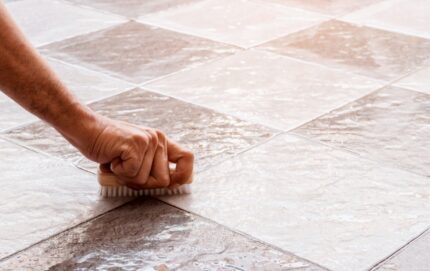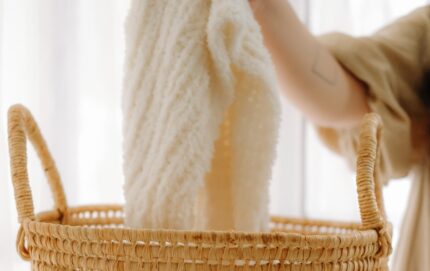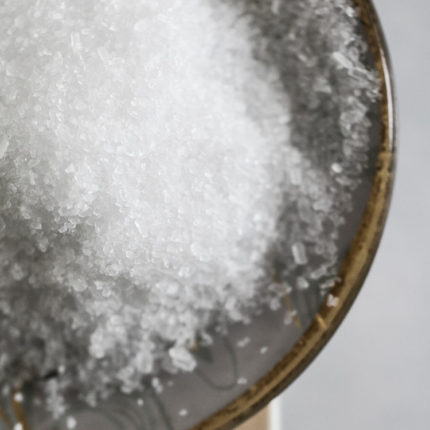Nationally known podiatrist says men can prevent common foot problems by getting at-home pedicures, spraying shoes with Lysol and soaking in Epsom salt
Sandal season exposes feet to a host of bacteria and fungus, and men, in particular, need at-home pedicures and Epsom salt foot soaks to prevent common foot problems, says Dr. Miguel Cunha, a nationally known podiatrist.
“It’s not uncommon for men to disregard their foot health until they’re experiencing severe pain,” says Cunha, a foot and ankle surgeon who has been featured in national publications, including Reader’s Digest, Martha Stewart Living and POPSUGAR. “The issue with neglecting your feet is it could lead to more serious issues that could impact the rest of your body. Some actions could even be harmful to others, because they are highly contagious.”
Dr. Cunha, founder of Gotham Footcare in Manhattan, says the most common conditions that could be prevented with proper hygiene include:
- Athlete’s foot, a fungal infection that produces itchy, dry, scaling skin
- Plantar fasciitis, which occurs when the tissue that connects your heel to your toes is overstretched, resulting in tiny tears, pain and inflammation
- Nail fungus, which is when a microscopic fungus enters one or more toenails, causing them to discolor, thicken and develop crumbling edges.
Here are Dr. Cunha’s top 5 tips:
- Soak your feet regularly – This can benefit not only your feet, but your overall health by relaxing muscles, reducing pain and lowering stress. To eliminate calluses, Dr. Cunha recommends soaking your feet for 20 minutes in four parts water, one part apple cider vinegar, and three tablespoons of Epsom salt, which helps break down dry skin. Then apply either castor oil, tea tree oil, or eucalyptus oil and exfoliate with a pumice stone. Dr. Cunha also recommends Epsom salt – which is magnesium sulfate – for blisters.“The magnesium can help reduce swelling and pain, irrigating, cleansing, and drying blisters. This also helps reduce the painful rawness while expediting the healing,” says Dr. Cunha.
- Give yourself a DIY pedicure – After soaking your feet, Dr. Cunha recommends two simple steps: Use a straight edge toenail clipper to cut nails straight across, which helps avoid painful ingrown toenails, then file your toenails with an emery board to smooth the edges. “It’s important to file your toenails using light pressure and long strokes in one direction to minimize the trauma to the surrounding nail bed,” says Dr. Cunha.
- Don’t walk barefoot ever, especially at the gym – This not only puts a lot of stress on the feet and the rest of the body, it exposes feet to bacterial and fungal organisms. “These organisms can lead to infections such as athlete’s foot or fungal nails that change the appearance, smell, and comfort of the foot.”
- Change your socks frequently – When people get sweaty, especially in fungus-filled locker rooms, they can get athlete’s foot. Fresh, dry socks eliminate moisture, where fungus is more likely to grow. You can also spray your shoes with Lysol every day to kill bacteria.
- Make sure your shoe is properly fitted to your foot – When shoes are too big, it causes people to accommodate the improper fit in a dysfunctional way. Dr. Cunha suggests going to stores at the end of the day to try on shoes when your feet are more likely to be swollen.
If you ever notice yellow, brown or thickened nails, an ingrown toenail, pain and swelling around the big toe or discomfort while walking, Dr. Cunha says you should see a podiatrist.
“It’s not uncommon for male patients to attempt ‘bathroom surgery,’” says Dr. Cunha, “but this often causes more serious infection and rarely solves the underlying issue.”





